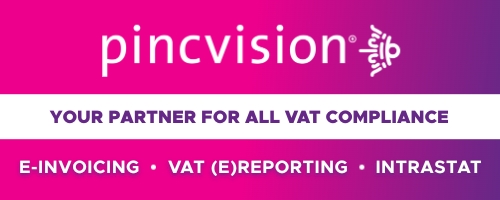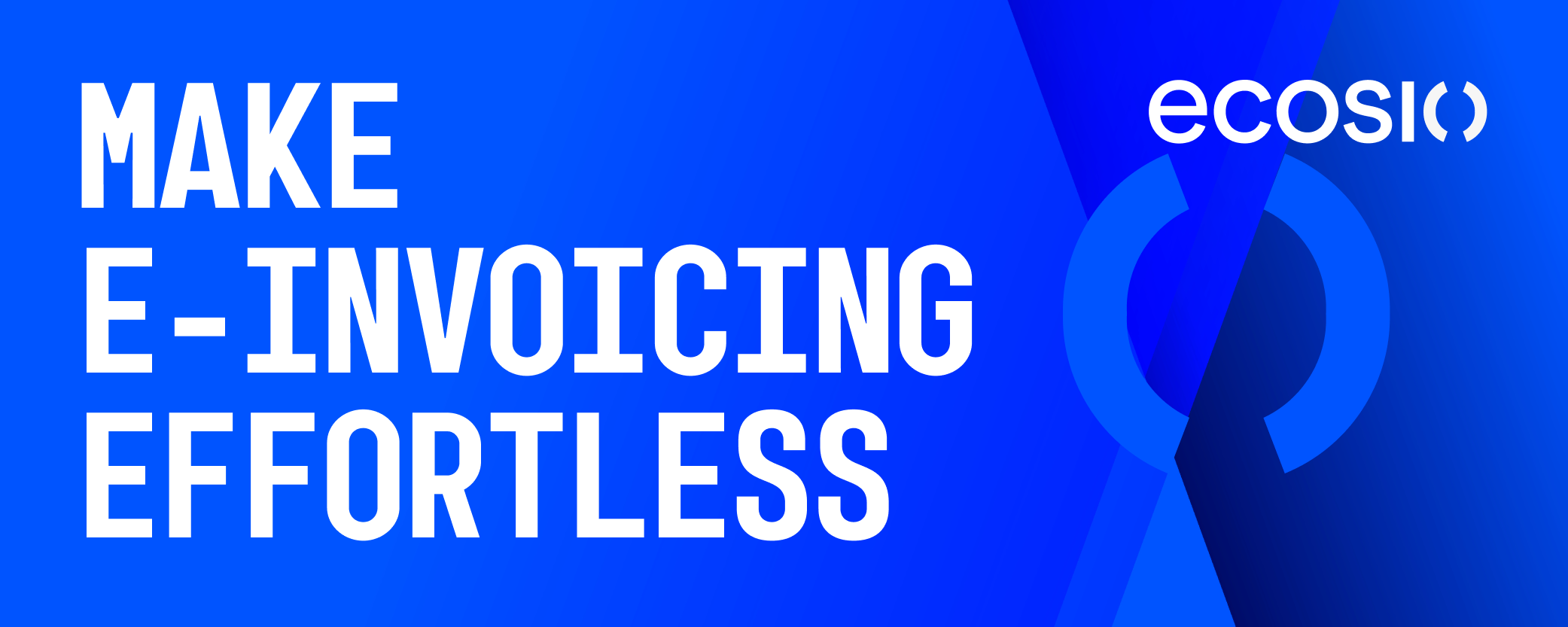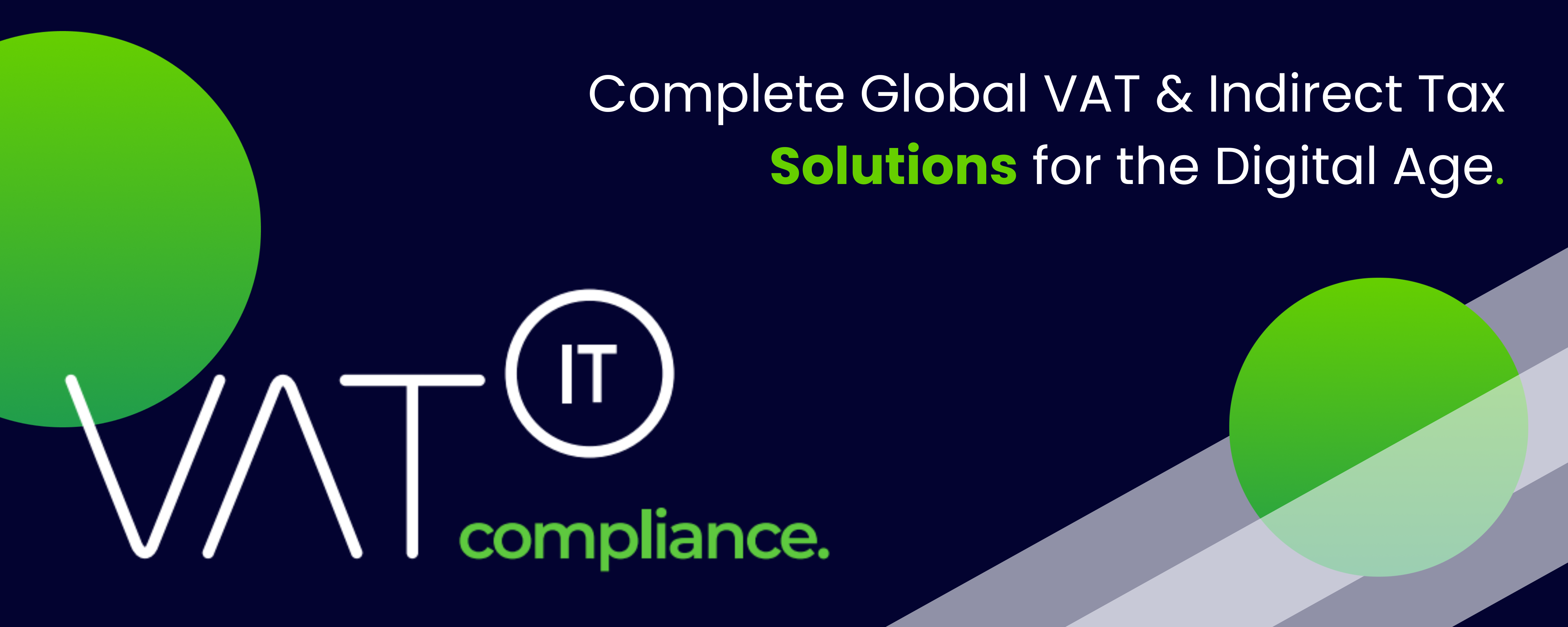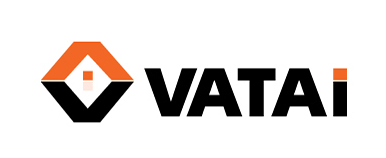“Governance” for tax refers to the framework of controls, processes, policies, and oversight that an organization puts in place to ensure that its tax-related obligations are met accurately, consistently, and ethically. In the modern context—especially with e-invoicing, real-time reporting, and cross-border digital mandates—tax governance is becoming a strategic priority, not just a compliance task.
Here’s what it means in practice:
1. Compliance Assurance
Tax governance ensures the organization:
- Complies with domestic and international tax laws
- Meets filing and reporting deadlines (e.g. VAT returns, e-invoicing clearance)
- Maintains proper documentation and audit trails
It involves systematic checks that policies and actions align with legal obligations.
2. Defined Roles and Responsibilities
Strong governance assigns:
- Clear ownership of tax tasks (e.g., indirect tax compliance, e-invoice approval)
- Accountability at every level—local, regional, and global
- Involvement of tax professionals in technology projects like ERP upgrades or e-invoicing rollouts
3. Risk Management
Tax governance identifies, evaluates, and mitigates:
- Operational risks (errors in invoicing or reporting)
- Reputational risks (non-compliance exposure)
- Financial risks (penalties, interest, and disputes)
This includes building scenario planning, control testing, and audit readiness into tax workflows.
4. Data & Technology Controls
Tax governance covers how data flows through:
- Finance and ERP systems
- E-invoicing platforms
- Reporting engines
Governance ensures the tax logic is correctly configured, data is validated before submission, and updates are applied consistently when laws change.
5. Strategic Alignment with Business
Good tax governance ensures that:
- Tax is not siloed—it’s embedded in procurement, billing, and IT workflows
- Decisions on supply chains, pricing, and systems consider indirect tax impacts
- Tax planning aligns with the company’s ethical and sustainability goals
6. Documentation & Transparency
- Policies and procedures are documented, reviewed, and auditable
- There is a clear tax control framework
- Authorities, auditors, and stakeholders can trace decisions and actions
Practical Example in E-Invoicing:
Under e-invoicing mandates (e.g. France, Poland, Italy), governance includes:
- Ensuring the right invoice data is collected and validated
- Choosing and integrating compliant platforms (PDPs, Peppol nodes, etc.)
- Monitoring real-time submissions and resolving rejections or discrepancies
- Training staff and updating SOPs when tax rules change
✅ Summary:
| Tax Governance Involves: | Purpose |
|---|---|
| Policy frameworks | Consistent and defensible tax practices |
| Clear responsibilities | Accountability at all organizational levels |
| Technology controls | Accurate, compliant automation |
| Risk management | Mitigates penalties, audit exposure, reputational risk |
| Transparency & documentation | Supports audits, stakeholder trust, and continuous improvement |
Latest Posts in "World"
- OpenPeppol Releases EU PINT Billing Specification for Non-EU Transactions, Enhancing Global Interoperability
- E-Invoicing & Real Time Reporting models demystified
- E-Invoicing Exchange Summit Singapore 2025 (Nov 24-26, 2025)
- Recent ECJ/General Court VAT Jurisprudence and Implications for EU Compliance (Sept 2025)
- 2025 Global VAT / GST Changes














